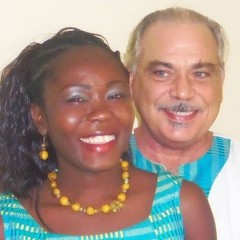If, when you click on "Visit Page" you find that the image is licensed through "GNU Free Documentation", you are striking it lucky.

"Everyone is permitted to copy and distribute verbatim copies of this license document, but changing it is not allowed."
So, as long as you use the image exactly as it is, without modifying it in any way, you are free to do so. This License is a kind of "copyleft", which means that derivative works of the document must themselves be free in the same sense.
As far as "Public Domain" images go, if you discover this when you click on "Visit Page" ...

... you are basically Scot-free to use them. As with literature and music, once an image is listed as Public Domain, it belongs to everyone, with no rights retained by any form of private ownership whatsoever.
Join me on the next, and final page, for a summary and conclusion...
"So, as long as you use the image exactly as it is, without modifying it in any way, you are free to do so."
Does that include the name of the picture and it's extension? If so, what if I need to change it to a .png or .jpg or .gif or .bmp?
You advise the learner to do a Google Search, if this is indeed where you want the search to start, they will not be able to follow the rest of the tutorial as you are assuming that they know the difference between a Google Search Bar and a Google IMAGE Search Bar.
The latter is the one you are referring to and is the image/screenshot you are alluding to.
So, either you need to change the wording to Google Image Search, or you need to put an extra step in the tutorial to advise them to do a Google Images Search, this will then give them the a list of websites, and then they click on Google Images which will THEN render the Google Image Search bar.
Hope this makes sense.










